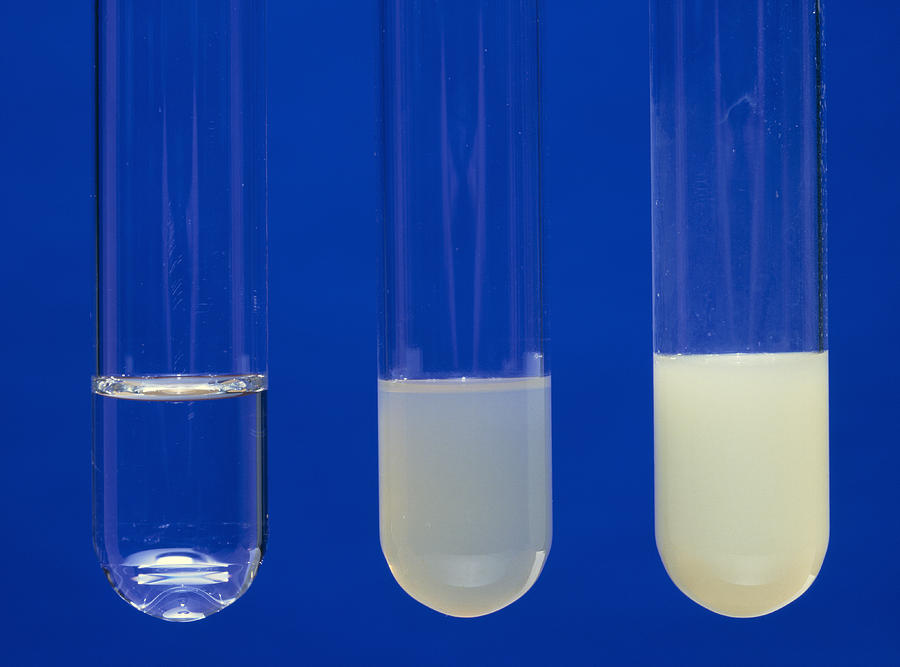
The first is when the antigens and antibodies quickly form small antigen-antibody combinations. Two distinct phases are involved in precipitation reactions.Precipitation reactions are the reaction of the soluble antigens with IgG and IgM antibodies to form interlocking molecular aggregates known as lattices.Thus, an absolute fit (mold and cast), is achieved. This causes the antigen and antibody molecules to be oriented according to their molecular forms, and electrical charges. Mixing antigen with corresponding antibody molecules results in electrical attraction and repellence.They also have positive and negatively polar groups that are distributed on their surfaces in certain but reciprocal patterns. Both antibodies and antigens are complexes made up of amino acids.The relative proportions of antibodies and antigens.The following factors influence the amount of precipitate that is formed:.Precipitation, however, is less sensitive than other methods for the detection and measurement of antibodies.Precipitation tests can detect as little as 1g protein.Antigen detection is sensitive to precipitation.Precipitate settles to bottom of tube in aqueous solution or appears as an opaque line (in gel).These two insoluble reactants combine to form the precipitate, an insoluble product.In the presence of electrolytes (NaCI), at a suitable temperature, pH and humidity



These tests require specificity and sensitivity. To determine the presence or absence of antigens or antibodies in a patient, many tests have been developed that use the interaction of antibodies and antigens.


 0 kommentar(er)
0 kommentar(er)
